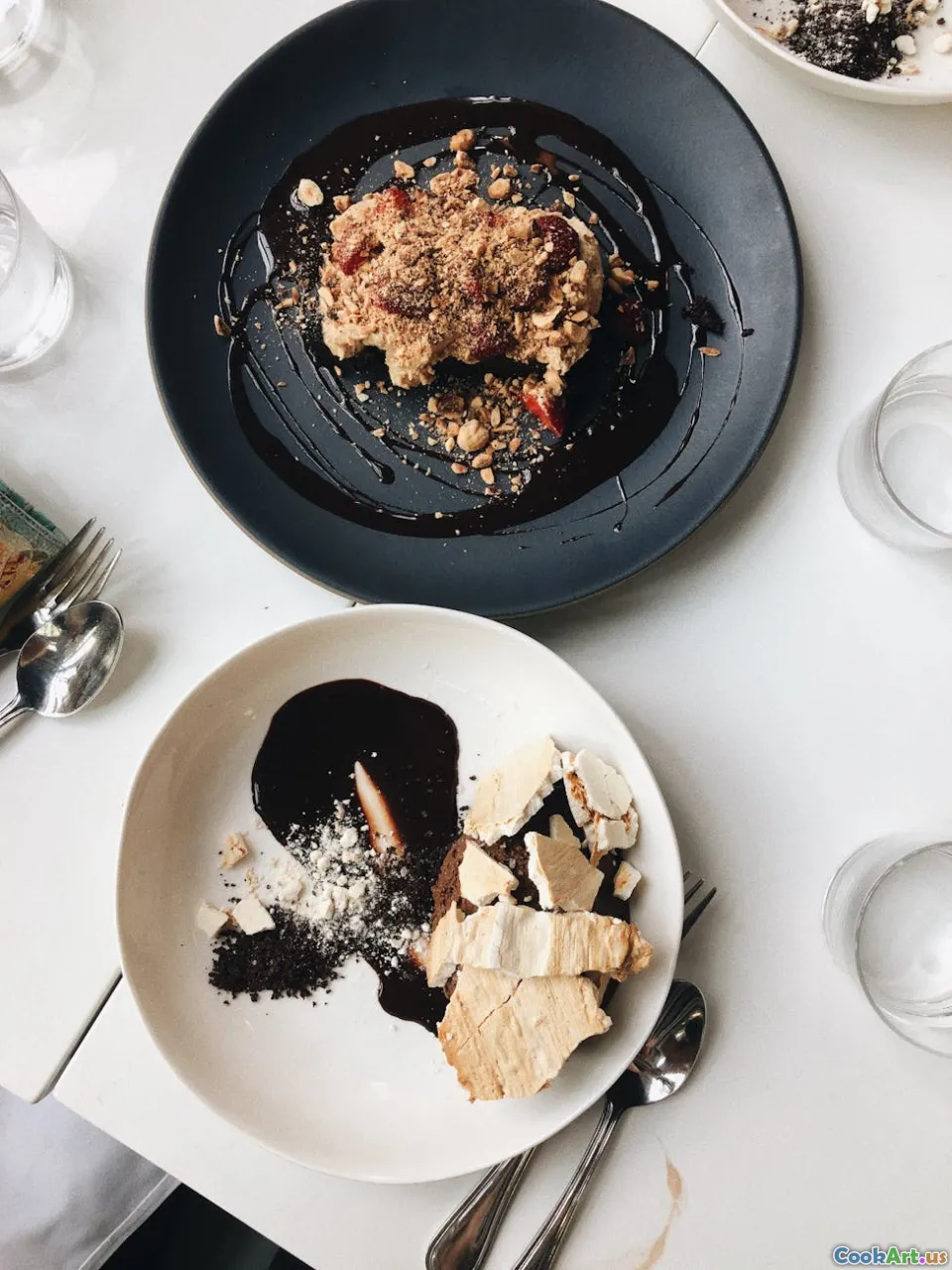The Art of Plating: Elevate Your Dish Presentation
6 min read Discover the secrets of plating that transform your dishes into visual masterpieces, enhancing both presentation and dining experience. April 07, 2025 03:00
The Art of Plating: Elevate Your Dish Presentation
Creating an unforgettable dining experience involves more than just exquisite taste; it demands an artistic touch in presentation. Plating is an essential skill that elevates your dishes, turning a simple meal into a visual masterpiece. In this article, we will explore the principles of plating, creative techniques, and tips to enhance the aesthetic appeal of your culinary creations.
The Importance of Plating
Plating is not just about making food look appealing—it's about creating an experience. Studies have shown that the way food is presented can influence the perception of taste. A well-plated dish can stimulate the senses, evoke emotions, and enhance the overall dining experience. Here are a few reasons why plating matters:
- Visual Appeal: Our eyes often feast before our mouths do. A beautifully presented dish can entice diners and create anticipation.
- Cultural Significance: In many cultures, food presentation reflects the importance of the meal. It can symbolize hospitality, respect, and tradition.
- Creativity and Expression: Plating is an art form, allowing chefs to express their creativity and personality through their dishes.
Fundamental Principles of Plating
To master the art of plating, consider the following principles:
1. Balance
Achieving balance involves distributing elements evenly on the plate. Consider weight, color, and texture. A well-balanced dish feels harmonious and inviting.
2. Color Contrast
Incorporating contrasting colors can make a dish vibrant and appealing. Use a mix of colorful vegetables, sauces, and garnishes to create visual interest.
3. Texture Variety
Different textures can enhance the dining experience. Combine crispy, creamy, and crunchy elements to provide a delightful contrast.
4. Negative Space
Don't be afraid of leaving some areas of the plate empty. Negative space helps to visually highlight the main components of the dish and prevents it from looking cluttered.
5. Height
Adding height to your plate creates dimension. Stack ingredients or use vertical elements like herbs or sauces to draw the eye upwards.
Techniques for Creative Plating
Now that we understand the basic principles, let's delve into some techniques that can help you elevate your plating game:
1. The Ring Mold Technique
Use a ring mold to shape ingredients into neat stacks. This technique is particularly effective for salads, grains, or layered dishes.
2. Swoosh or Drizzle
Instead of pouring sauce over the dish, use a spoon to swoosh or drizzle it artfully across the plate. This adds movement and elegance.
3. Garnishing Thoughtfully
Garnishes should complement the dish, not overpower it. Fresh herbs, edible flowers, or microgreens can enhance flavor and aesthetics.
4. Layering
Create depth by layering different components. For example, a base of creamy polenta topped with crispy vegetables and finished with a drizzle of sauce creates an appealing look.
5. Utilizing Contrast
Combine smooth and chunky elements on the plate. A smooth puree alongside roasted vegetables can create exciting contrasts both visually and texturally.
Cultural Influences on Plating Styles
Different cuisines have unique plating styles that reflect their cultural heritage. Here are a few examples:
- Japanese Kaiseki: Emphasizes seasonal ingredients and is often presented with meticulous attention to detail, showcasing nature.
- Italian Cuisine: Focuses on rustic charm, often using large platters for communal dining, highlighting the ingredients' natural beauty.
- French Fine Dining: Known for its artistic presentation, often featuring intricate designs and garnishes that elevate the dish to an art form.
Conclusion
The art of plating is an essential skill that can enhance both the visual appeal and the overall dining experience. By understanding the principles of balance, color, texture, and utilizing creative techniques, anyone can transform their dishes into culinary masterpieces. Remember, plating is not just about aesthetics; it's about creating a connection between the food and the diner, enhancing the anticipation, and ultimately, the enjoyment of the meal. So next time you cook, take a moment to consider how you can elevate your dish presentation and impress your guests with not just flavor but art on a plate.









